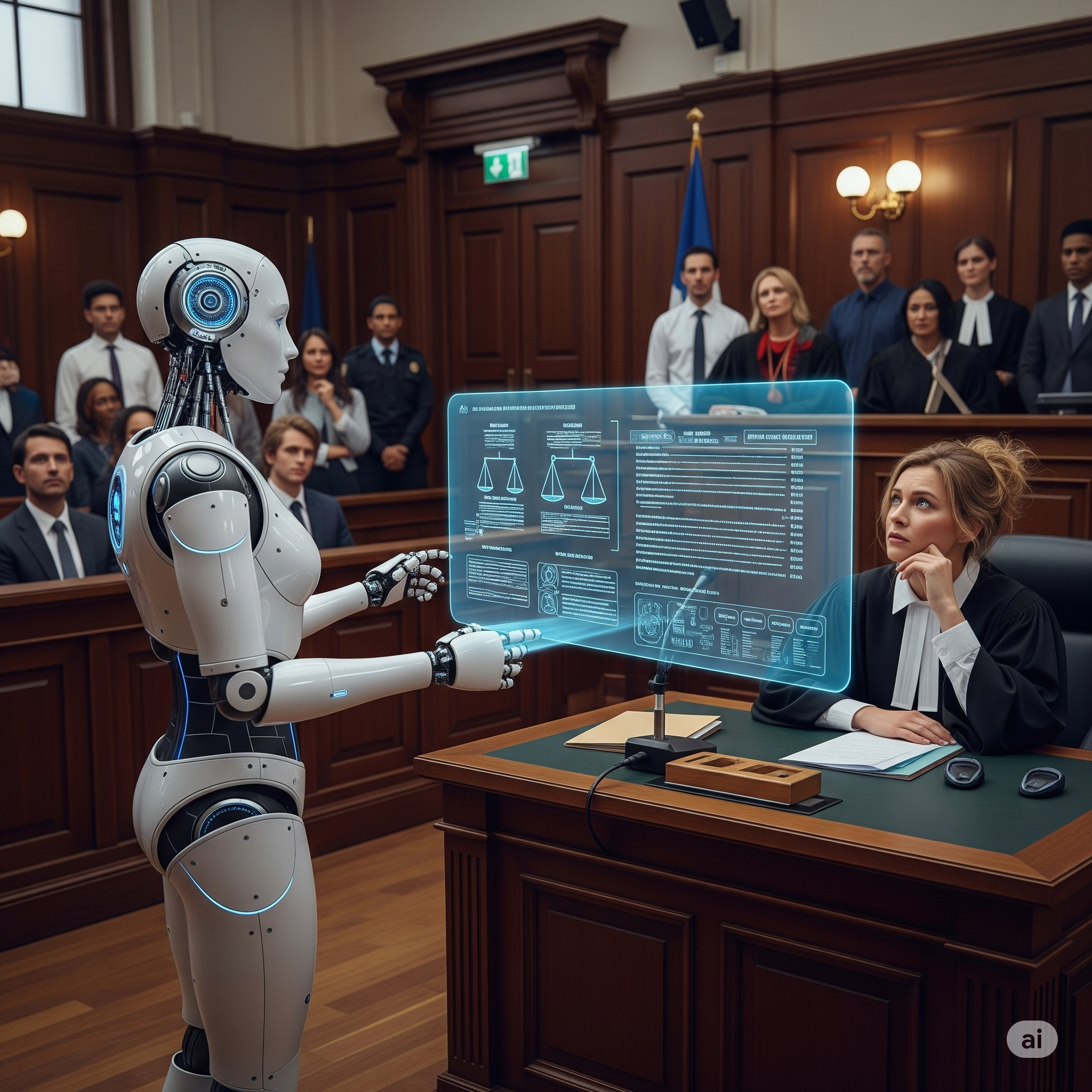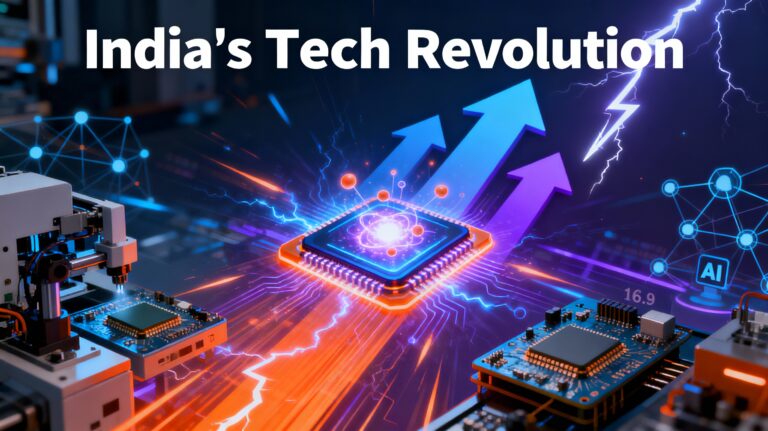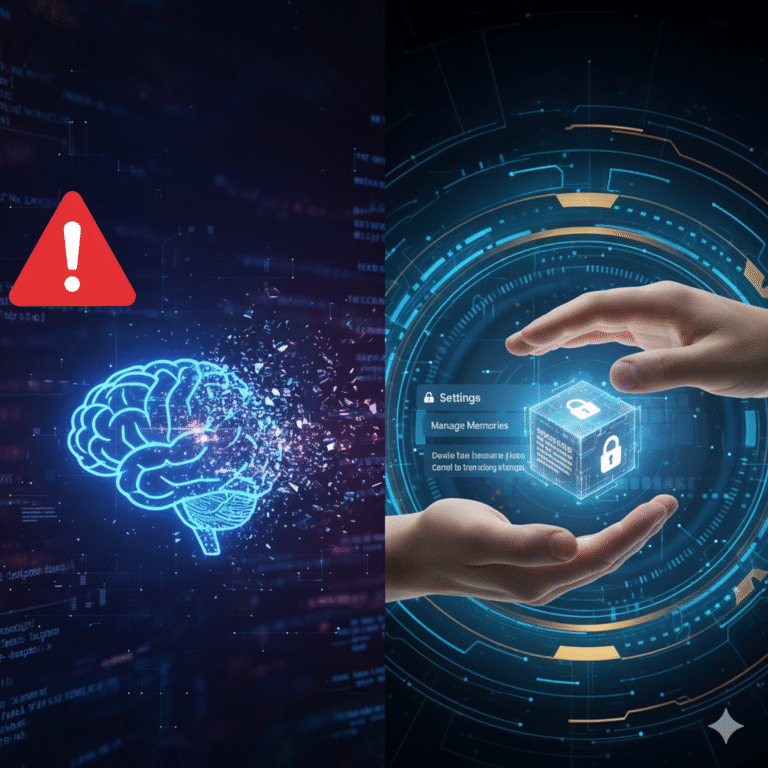Artificial Intelligence (AI) is transforming professions worldwide, and the legal sector is no exception. From automating document review to predicting case outcomes, AI is increasingly becoming part of courtroom discussions and deliberations. But when it comes to drafting judicial judgments, legal scholars and courts are sounding the alarm. A growing number of cases have shown that AI-generated legal content can include hallucinated citations, invented judgments, and factual inaccuracies, raising serious ethical, procedural, and constitutional questions.
In a strong warning, a court recently stated that relying on AI to draft judicial judgments can be “dangerous“—not merely for the immediate quality of decisions but also for the broader erosion of human legal reasoning. The statement underscores the rising tension between automation and the irreplaceable role of human judicial conscience.
The Problem: AI Hallucinations in Legal Drafting
Generative AI systems like ChatGPT and other Large Language Models (LLMs) are predictive tools, not factual databases. They are trained to generate plausible-sounding content based on patterns in the data they’ve ingested. This makes them prone to hallucinations—confidently producing information that seems accurate but is entirely false.
In legal settings, hallucinations can be catastrophic. A notable case in the U.S. made headlines when lawyers submitted a brief citing non-existent court decisions, all generated by ChatGPT. The court fined the attorneys and demanded an explanation, raising questions about legal accountability when AI is involved.
Such issues are not restricted to the U.S. In India, too, concerns have surfaced over AI-generated citations, prompting discussions in judicial circles about the reliability and accountability of AI tools in sensitive, precedent-based systems.
Why Courts Are Concerned: Three Major Risks
1. Erosion of Judicial Ethics and Accountability
Judges are ethically and legally responsible for their decisions. Introducing AI risks diluting this responsibility, as decisions could be seen as influenced or even generated by machines. Who is accountable for a misjudgment—the judge or the developer of the AI tool?
2. Loss of Contextual and Human Interpretation
Laws are not just codes; they are living instruments interpreted in the context of culture, history, and human values. AI lacks this nuanced understanding. An AI model cannot appreciate the emotional, cultural, or psychological subtleties that a seasoned judge can consider in shaping a fair verdict.
3. Risks of Bias and Discrimination
AI models are trained on historical data, which may include past judicial biases or societal prejudices. Without strong oversight, there’s a risk that AI tools could perpetuate or even amplify existing inequalities—such as those based on caste, gender, religion, or economic status.
Real-World Examples: The Dangers Are Already Here
In 2023, a lawyer in New York relied on ChatGPT to prepare legal arguments, only to find that multiple citations were fabricated. The judge imposed penalties and emphasized the need for human verification of AI output.
In another Indian case, a legal assistant used an AI tool to generate a summary of case law, only to discover that a key precedent was misquoted, risking a miscarriage of justice. The incident led to internal reviews within the law firm and renewed training on AI tool usage.
These examples serve as cautionary tales for courts, law schools, and legal practitioners globally.
Regulatory Vacuum: The Need for AI Guidelines in Law
Currently, most jurisdictions lack comprehensive AI governance frameworks for legal applications. While AI is being introduced for efficiency (such as automating case listings or language translation in court records), there’s a noticeable regulatory lag in setting boundaries on AI usage for judgment writing.
Some possible regulatory interventions include:
- Mandating disclosure of AI assistance in legal documents
- Prohibiting AI-only judgments without human review
- Establishing certification or audit protocols for legal AI tools
The Supreme Court of India has taken a cautious stance, allowing AI to assist in translating court records but not in drafting judgments. This reflects a balanced approach that acknowledges the benefits of AI while guarding against its unregulated use in critical decision-making.
Philosophical Concerns: When Human Intelligence Becomes Artificial
The phrase “making human intelligence artificial” is more than poetic—it’s a fundamental critique of how over-reliance on AI could deskill the judiciary. If judges begin to rely on AI suggestions for reasoning, analogies, or precedents, the art of legal interpretation could gradually erode.
Law is not a formulaic exercise; it’s a reflective, interpretive, and humanistic practice. Replacing that with algorithmic outputs risks flattening the intellectual depth and moral responsibility that define good jurisprudence.
The Way Forward: Augmentation, Not Automation
The future of AI in law must rest on augmentation, not replacement. AI can:
- Speed up research by finding relevant precedents
- Help draft first-level summaries
- Analyze trends in judgments to inform legal strategy
But final interpretations, moral reasoning, and contextual analysis must remain the domain of human judges and lawyers.
Conclusion: AI in the Dock
While AI holds transformative potential for legal research, documentation, and efficiency, its role in drafting judicial judgments must be carefully regulated. Courts must prioritize ethics, accountability, and human wisdom in preserving the sanctity of justice.
In the age of AI, the judiciary must not only ask what machines can do, but also what they should not do. Because in matters of justice, it’s not just the verdict that counts—it’s how we arrive at it.








+ There are no comments
Add yours